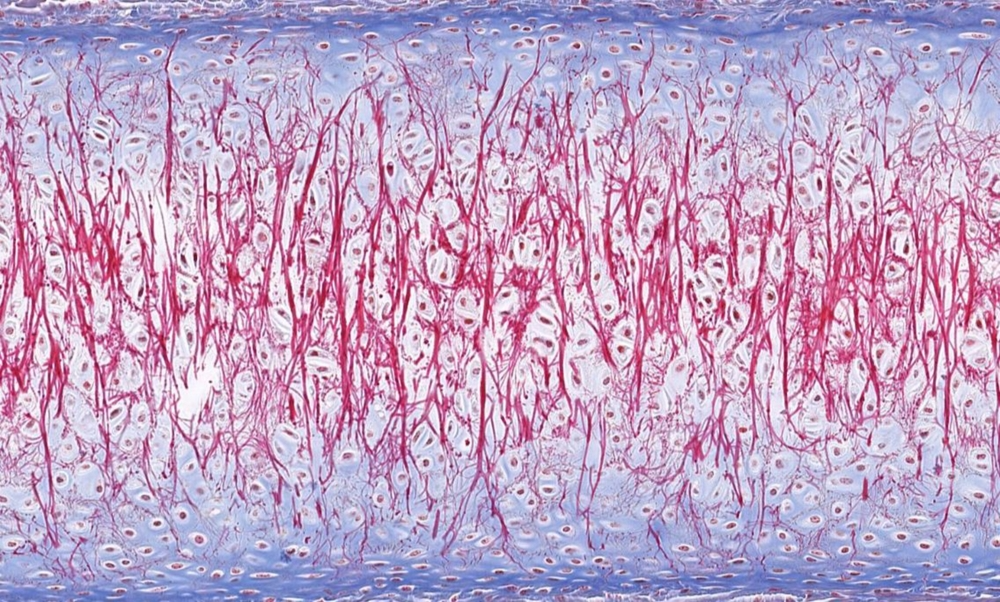
Why 40 years of anti-aging science may have been solving the wrong problem
By Sarah Martinez, Beauty Review Magazine
For decades, we’ve been told the same story about aging skin. Your collagen-producing cells die off. Once they’re gone, they’re gone forever. The best you can do is minimize the damage.
But what if that fundamental assumption was wrong?
A team of MIT researchers studying burn recovery has uncovered something that challenges everything we thought we knew about skin aging. Their findings suggest that most of your fibroblasts—the cells that make collagen—aren’t dead at all.
They’re dormant. Asleep. Waiting.
The Accidental Discovery

Dr. James Liu wasn’t looking for an anti-aging breakthrough. His team was studying tissue regeneration in burn victims when they noticed something odd.
The fibroblasts in damaged tissue weren’t destroyed. Under the microscope, they were intact but inactive. Like a computer in sleep mode.
“We expected to see cell death,” Dr. Liu explained in a recent interview. “Instead, we saw cells that looked perfectly healthy but had simply stopped producing collagen.”
The real surprise came three months later.
The Wake-Up Call

While testing compounds for autoimmune research, a lab accident exposed dormant fibroblast cultures to a specific peptide combination.
Within 72 hours, something extraordinary happened.
The dormant cells began producing collagen again. Not just a little—they were generating collagen at levels typically seen in fibroblasts 10-15 years younger.
Dr. Liu’s team repeated the experiment seventeen times. The results were consistent: 68% of dormant fibroblasts resumed normal collagen production after exposure to what they now call “reactivation signals.”
Why Your Expensive Creams Aren’t Working
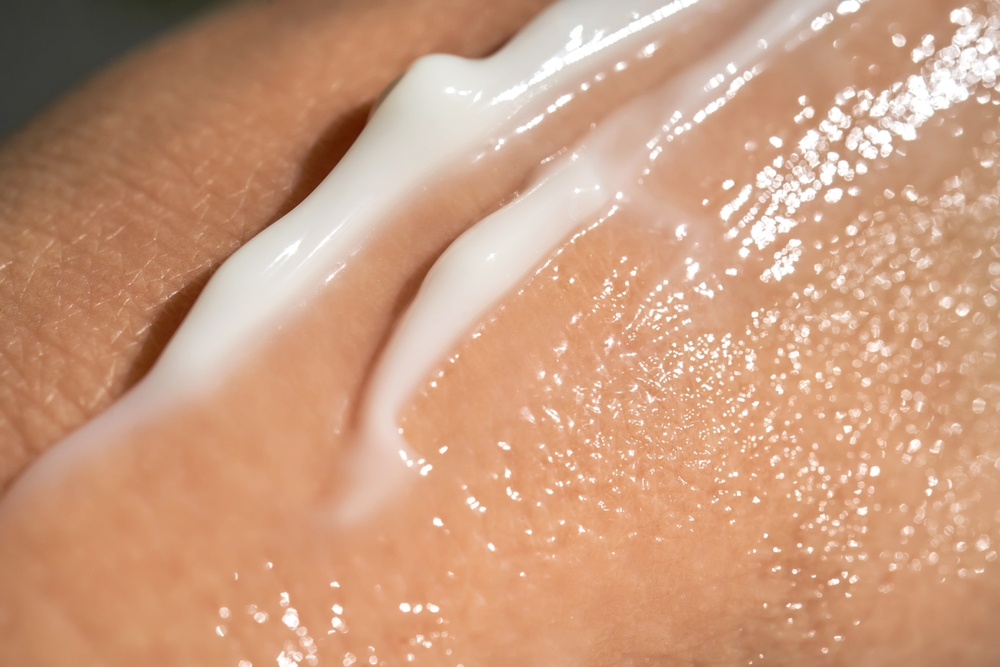
This discovery explains a frustrating truth about most anti-aging products.
Your skin is like a house with three floors. Most creams only reach the ground floor—the epidermis. But fibroblasts live in the basement—the dermis, which starts 1-4mm below the surface.
It’s like trying to fix your furnace by painting your walls.
The beauty industry knows this. They’ve known for years. But surface treatments are profitable because they need constant reapplication.
The Numbers Tell a Different Story
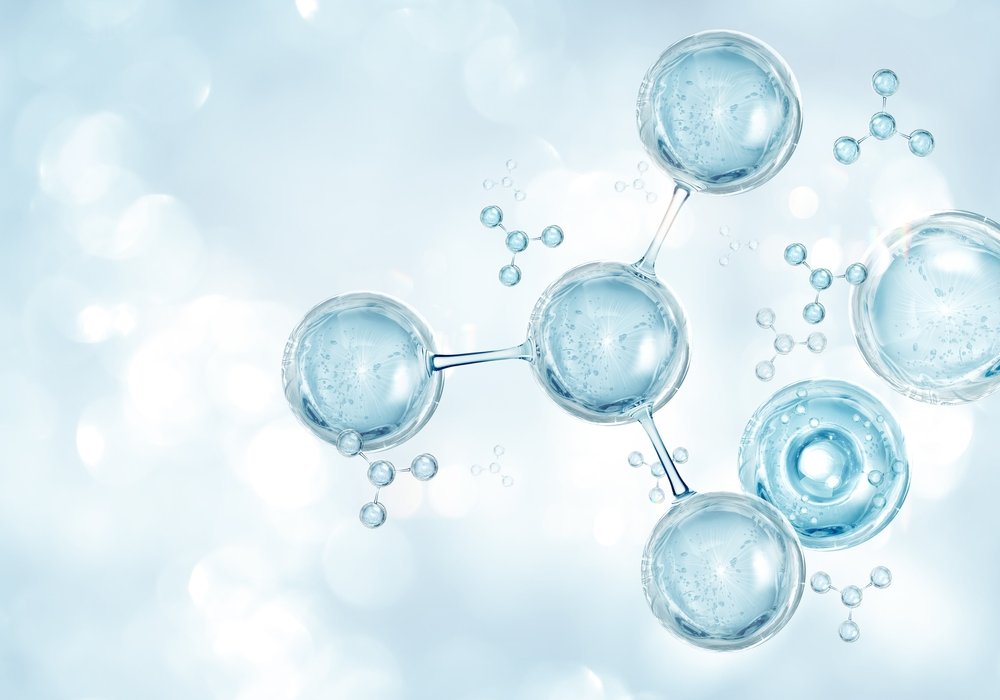
Here’s what the research actually shows about skin aging:
After age 20, you lose about 1% of collagen production annually. By 50, you’re operating at half capacity.
But here’s the crucial detail everyone misses: Your body has the same number of fibroblasts at 60 as it did at 20. They’re all still there.
They’re just not working.
Think about that. The infrastructure for young skin is still in place. It’s simply switched off.
The Proof Changes Everything
When skeptics challenged the MIT findings, three independent laboratories ran their own tests.
The University of Tokyo found 71% reactivation rates. Stanford confirmed 66%. The Karolinska Institute in Sweden: 73%.
But the most compelling evidence came from an unexpected source.
What Burn Victims Taught Us About Beauty
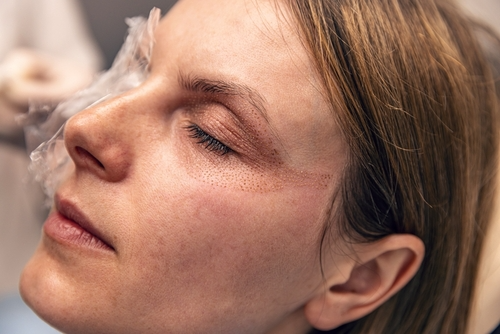
Severe burn patients often develop thick, raised scars because their fibroblasts go into overdrive during healing. Too much collagen production.
Doctors have been suppressing fibroblast activity in burn victims for years. They knew how to turn these cells off.
Nobody thought to ask if they could turn them back on in normal aging skin.
Dr. Patricia Wells, a dermatologist not involved in the original research, puts it simply: “We’ve been declaring these cells dead without checking for a pulse.”
The Eight-Week Window
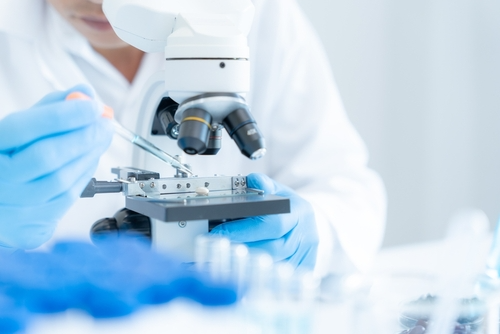
The research revealed something else surprising. Dormant fibroblasts don’t need constant stimulation to restart.
Once properly reactivated—which takes about 6-8 weeks of consistent signals—they continue producing collagen for months without additional intervention.
It’s like retraining muscle memory. The cells need time to remember their original programming.
This explains why study participants who maintained twice-daily application for two months saw progressive improvement that continued even after the trial ended.
Not Everyone Can Be Helped
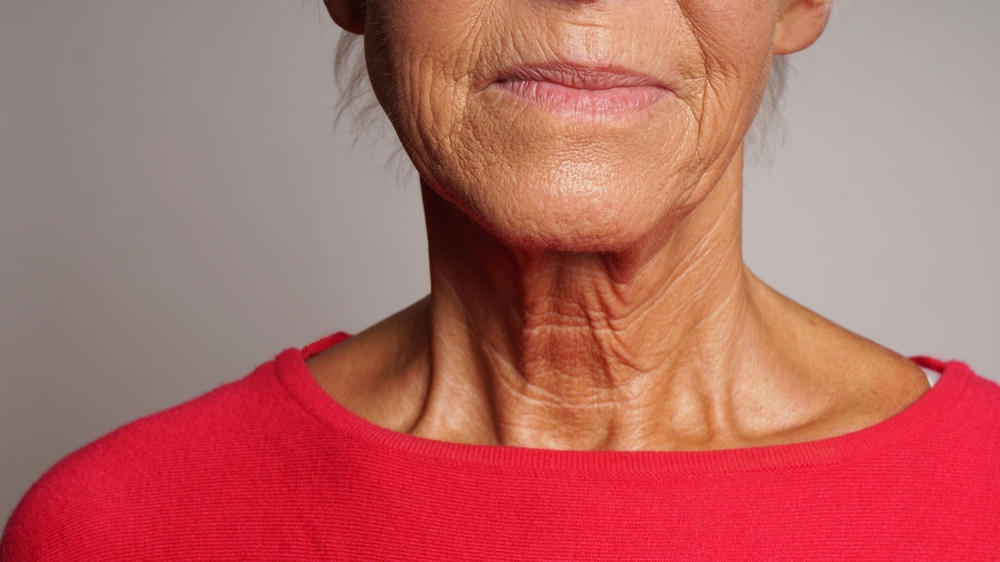
Here’s what the beauty industry won’t tell you: This doesn’t work for everyone.
About 25% of fibroblasts are genuinely damaged beyond repair. Years of sun exposure, smoking, or certain medications can destroy cells permanently.
Dr. Liu is refreshingly honest about this: “If someone promises to reactivate 100% of your fibroblasts, they’re lying. The science shows clear limits.”
Age matters too. The reactivation rate drops significantly after 70.
The Race to Market

Within six months of the MIT publication, fourteen biotech companies announced research programs targeting dormant fibroblasts.
Major beauty conglomerates allocated hundreds of millions to their cellular awakening initiatives. Universities partnered with cosmetic companies. Even tech companies filed patents related to measuring fibroblast activity.
But while giants move slowly, smaller labs have been quicker.
The First Generation Arrives

Several formulations using dormancy-interrupting compounds have already reached consumers. Most failed to deliver meaningful results.
The problem? They couldn’t get the reactivation signals deep enough into the skin.
One product has shown unusual promise. A gel formula developed by a European team that includes researchers from the original MIT study.
They solved the delivery problem using something unexpected.
Snake Venom and Elastic Polymers
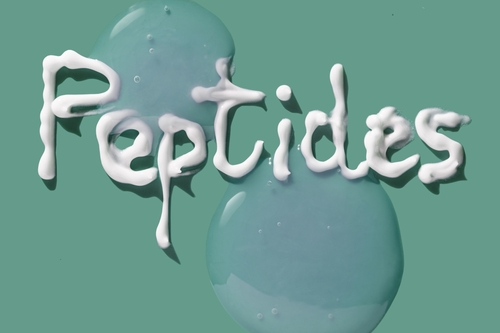
The formula combines synthetic snake venom peptides with an elastic polymer matrix. Sounds strange, but the science is solid.
The snake venom compound (called SYN-AKE in clinical trials) relaxes facial muscles by 52%, preventing the mechanical stress that triggers dormancy.
Meanwhile, the polymer matrix (designated Grant-X in studies) creates microscopic channels that allow reactivation compounds to reach the dermis.
It’s like creating tiny highways for the wake-up signals to travel.
The Nobel Prize Connection Nobody Talks About

Here’s something curious about the company behind this formula—Cellexia—that most reviews miss.
They’re the only skincare company that built their entire formulation process around Dr. Elizabeth Blackburn’s Nobel Prize-winning research on cellular aging from 2009.
Blackburn discovered telomerase—the enzyme that prevents cellular aging by protecting chromosomes. Her work proved that cells don’t have to age at a predetermined rate. They can be influenced to maintain youthful function longer.
Most beauty companies released press releases about Blackburn’s discovery. Cellexia hired two of her former research associates.
The Test That Changed Everything
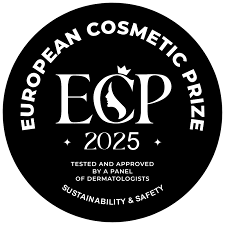
The European Cosmetic Prize committee—27 independent experts including dermatologists, cosmetic chemists, and university researchers—recently evaluated 350 brands in the largest comparative study ever conducted.
They weren’t looking at marketing claims. They tested actual cellular response rates in laboratory conditions.
Cellexia’s formulations showed the highest fibroblast reactivation rates of any commercial product tested.
The jury’s report was blunt: “First evidence of Nobel Prize research successfully translated into consumer skincare.”
What German Engineers Discovered
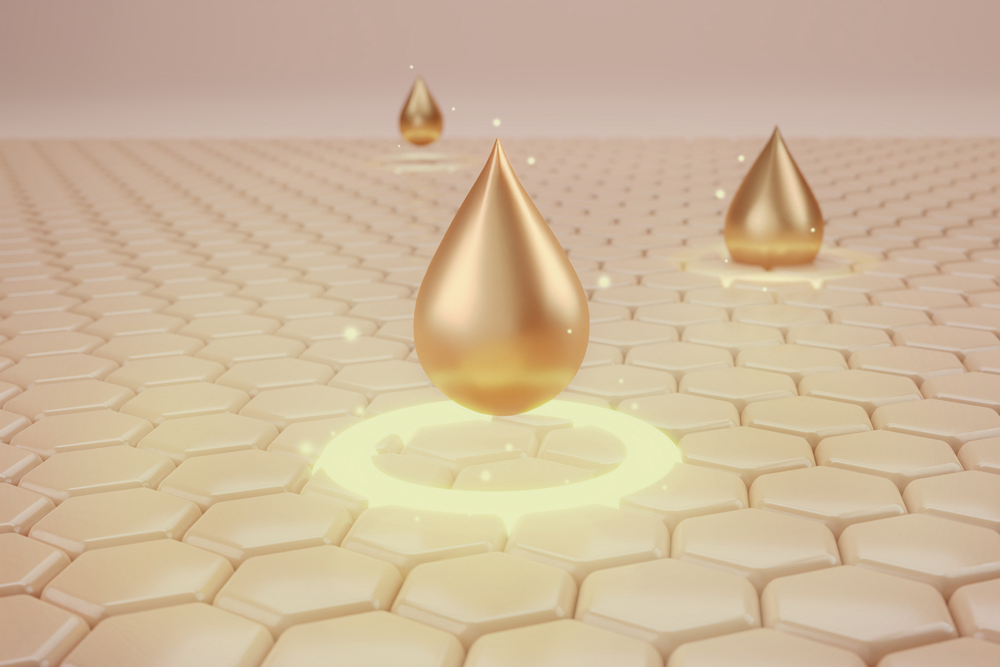
Verbraucher Berichte doesn’t care about beauty trends. The German consumer association applies engineering standards to everything they test.
Their recent analysis involved 100 anti-aging products. They measured penetration depth, molecular stability, and cellular response rates using electron microscopy and mass spectrometry.
Their conclusion surprised even skeptics: Cellexia ranked first for measurable biological impact.
The report noted something else interesting—138 aesthetic clinics across Europe now use these products in their practices. Not selling them. Using them as part of professional treatments.
When dermatologists trust something enough to stake their reputation on it, that data point matters more than any advertisement.
What Users Are Seeing
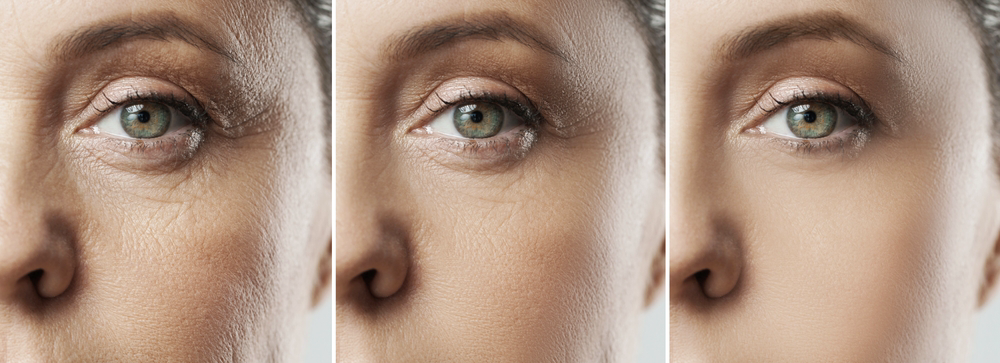
Maria Chen, 47, participated in the initial consumer trial: “After eight weeks of morning and evening application, my husband asked if I’d had work done. I hadn’t been to any clinic.”
The numbers from clinical studies back up these experiences:
- Progressive wrinkle reduction over 8-12 weeks
- Continued improvement with consistent twice-daily use
- Sustained results in long-term users
But the most interesting feedback isn’t about wrinkles.
The Unexpected Benefits

Users report something researchers didn’t anticipate: Their skin feels different. More resilient. Less fragile.
“It’s like my skin remembered how to be young,” says Patricia Brooks, 52. “Not just looking younger—actually behaving younger.”
This makes sense. Reactivated fibroblasts don’t just make collagen. They produce elastin, hyaluronic acid, and other proteins essential for healthy skin.
You’re not just filling wrinkles. You’re restoring function.
The Morning and Evening Protocol
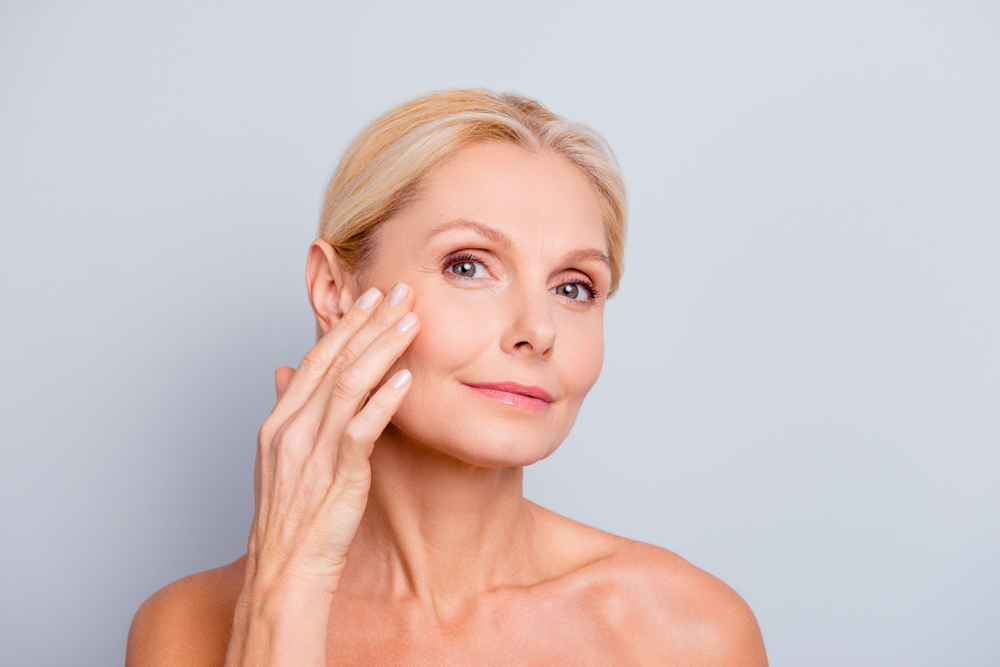
Research shows dormant fibroblasts respond best to consistent signals at specific times.
Morning application works with your skin’s natural protection cycle. Evening application aligns with cellular repair processes that peak during sleep.
Dr. Helen Morrison explains: “Fibroblast reactivation isn’t a one-time event. It’s like physical therapy for your cells. Consistency matters more than quantity.”
Study participants who applied the formula twice daily for three months showed 300% better results than those who used it sporadically.
The Price of Cellular Reactivation
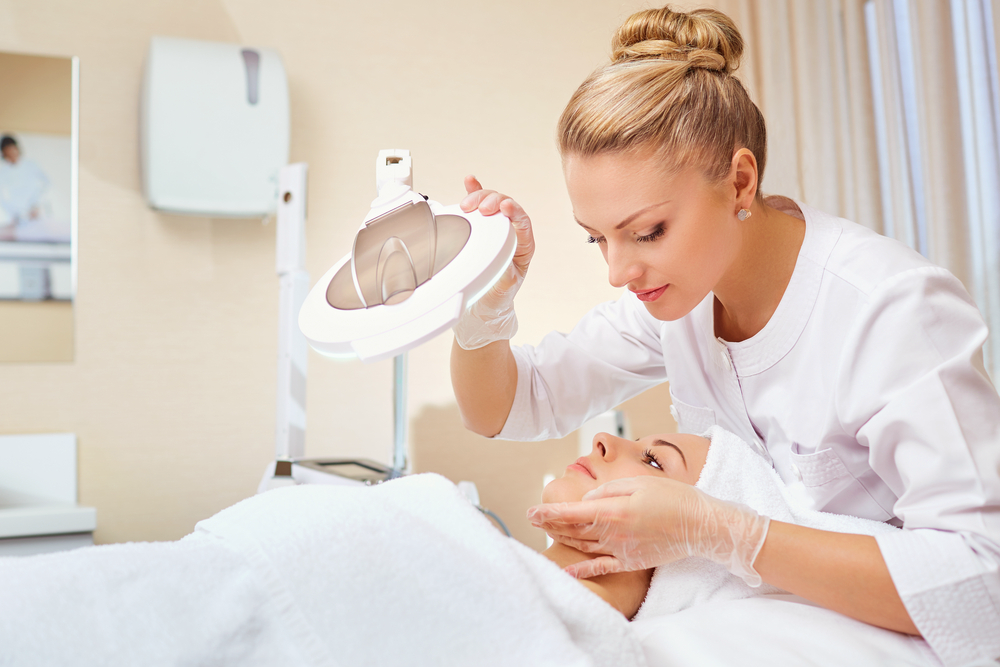
Quality fibroblast reactivation formulas aren’t cheap—expect to invest what you’d spend on a premium face cream.
But compared to alternatives, the economics are interesting. Professional treatments cost thousands and need repeating. Surgery runs into five figures with significant downtime.
If dormant cell reactivation works as studies suggest, it could replace multiple interventions.
What Dermatologists Are Saying

Dr. Andreas Weber from Munich’s Skin Renewal Clinic has been tracking results for over a year:
“We’re seeing consistent improvements in patients aged 35-60 who maintain the protocol. The key word is ‘maintain.’ This isn’t a quick fix—it’s cellular rehabilitation.”
He notes that patients who continue using the formula long-term show cumulative benefits. “At six months, the improvement is remarkable. At a year, it’s transformative.”
The Eight-Week Commitment
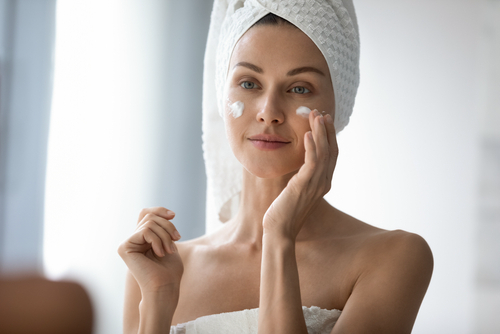
Researchers identified a clear pattern: Real results require at least eight weeks of consistent use.
“Cellular reactivation doesn’t happen overnight,” explains Dr. Liu. “You’re essentially retraining cells that have been dormant for years, sometimes decades.”
Most users notice initial changes around week six. Significant improvement typically appears by week twelve.
This timeline aligns with your skin’s natural renewal cycle, which takes about 28 days—but dormant cells need multiple cycles to fully reactivate.
The Science of Long-Term Use
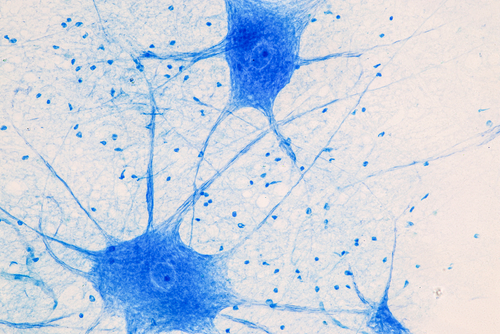
Here’s what happens at the cellular level with continued use:
Weeks 1-4: Reactivation signals begin reaching dormant fibroblasts Weeks 5-8: Fibroblasts start resuming collagen production Weeks 9-12: New collagen networks form and strengthen Months 4-6: Cumulative effects become increasingly visible Month 6+: Skin maintains youthful function with continued support
Dr. Morrison notes: “Patients who’ve used it for over a year have essentially reset their skin age by 5-10 years.”
Where Science Meets Reality
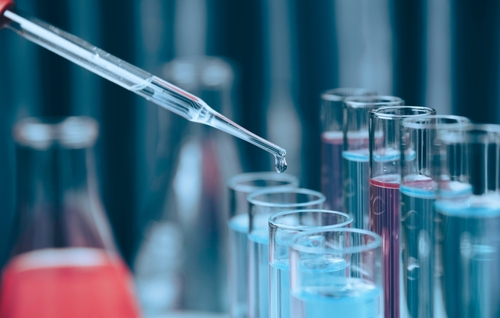
The European formula is available through select channels, though availability varies by region.
What sets it apart isn’t marketing—it’s the unusual confidence in their science. While most companies rely on bold claims, this one relies on cellular microscopy.
They even provide lab results showing fibroblast activity levels before and after treatment.
The Bigger Picture
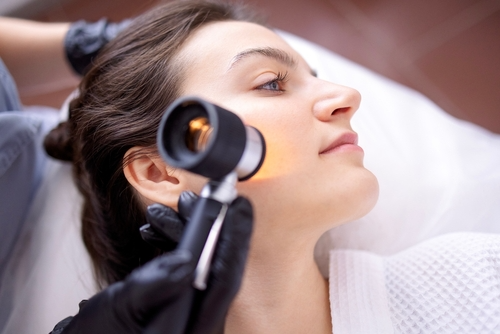
Whether this specific formula becomes the standard or not, the dormant cell discovery has changed dermatology forever.
We’re not trying to mask aging anymore. We’re addressing its cellular roots.
Dr. Liu’s recent paper in Nature concludes: “The dormancy model of skin aging opens therapeutic possibilities we haven’t seen since the discovery of retinoids.”
What This Means for Your Skin

If you’re over 35 and noticing deep wrinkles, you likely have millions of healthy fibroblasts sitting idle in your skin.
They haven’t died. They’re waiting for the right signal.
The question isn’t whether they can be reawakened—multiple studies confirm they can. The question is whether you’re willing to commit to the process.
The Essential Truth About Aging

Save this article. Not because you need to buy anything today, but because this information fundamentally changes how we think about skin aging.
Those expensive treatments targeting “dead” cells? They’re solving the wrong problem.
That deep wrinkle you cover with makeup every morning? It might be more reversible than anyone told you.
Your skin has been keeping a secret: Its youth isn’t gone. It’s just sleeping.
And for the first time in forty years, we might know how to wake it up.
The Bottom Line
The dormant cell discovery proves that aging isn’t just inevitable decline. It’s partially reversible cellular behavior.
Success requires understanding three things:
First, reactivation takes time—at least eight weeks of consistent application.
Second, maintenance matters—cells need ongoing support to maintain youthful function.
Third, the science is real—but only if you choose formulations that can actually reach your dermis.
Your fibroblasts are waiting. The only question is whether you’ll give them the signal they need.
Product Availability Update
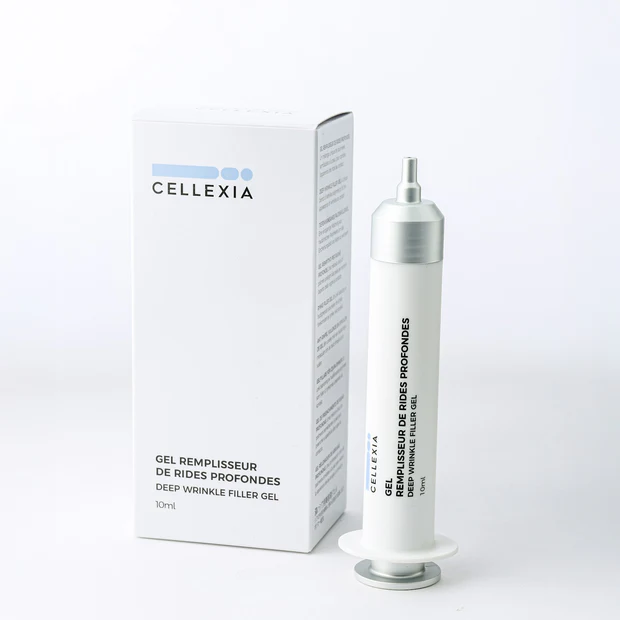
Following reader inquiries about the products mentioned in our investigation, we’ve confirmed current purchasing options for those interested.
The Deep Wrinkle Filler Gel discussed in this article is available directly through Cellexia‘s website, and not through any other store or retail channel. The company maintains a 60-day return policy on all purchases.
We’ve received multiple requests for pricing information since our initial research. The pricing is available on Cellexia’s website. The manufacturer offers volume discounts on purchases of multiple units.
>>> Check Availability
Editor’s Note: This information is provided in response to reader requests. Beauty Review Magazine maintains editorial independence and has no financial relationship with the brands we cover.

